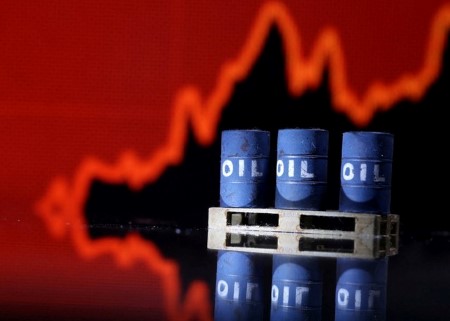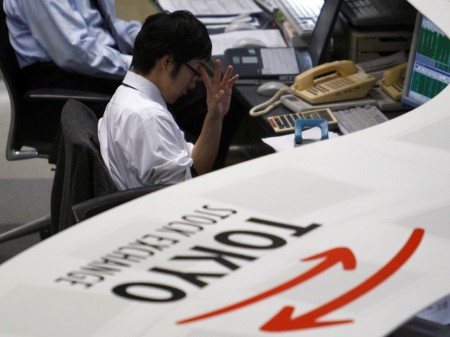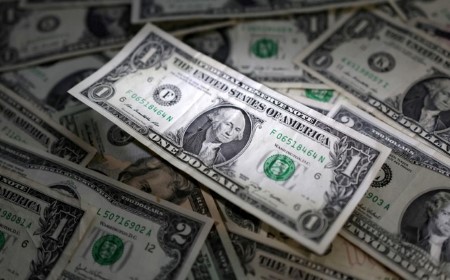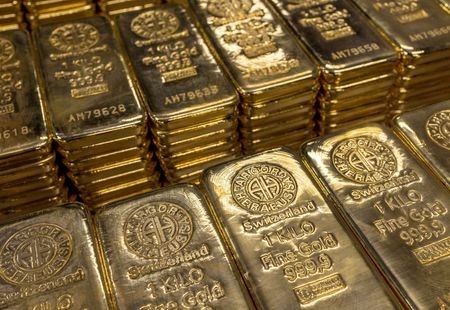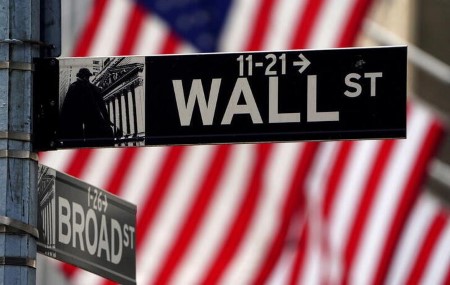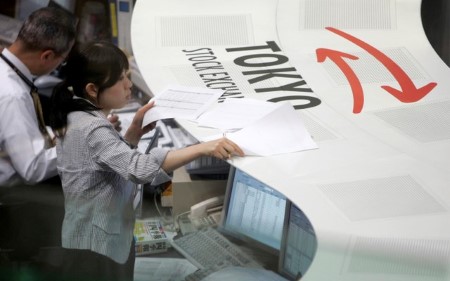Nov 30 – Oil prices fell by more than 2% on Thursday after OPEC+ producers agreed to voluntary oil output cuts for the first quarter next year that fell short of market expectations.
Brent crude futures for January settled 27 cents, or 0.3%, lower to expire at USD 82.83 a barrel, and a 5.2% loss for the month. The February contract, which begins trading as the front month on Friday, fell USD 2.00, or 2.4%, to USD 80.86.
US West Texas Intermediate crude futures settled down USD 1.90, or 2.4%, to USD 75.96, and down 6.2% in November.
Saudi Arabia, Russia, and other members of OPEC+, who pump more than 40% of the world’s oil, agreed to voluntary output cuts approaching 2 million barrels per day (bpd) for the first quarter of 2024.
At least 1.3 million bpd of those cuts, however, were an extension of voluntary curbs that Saudi Arabia and Russia already had in place. Earlier, delegates had said new additional cuts under discussion were as much as 2 million bpd.
“For now, the outcome does not live up to the expectation… in recent days,” said Callum MacPherson, head of commodities at Investec.
The voluntary nature of the cuts left investors nonplussed.
“From what we’ve seen so far, this looks like a paper cut of around 600-700,000 barrels per day (bpd) vs Q4 2023 planned levels,” said James Davis at FGE.
“It could at best be an actual cut of around 500,000 bpd compared to Q4. This might be just enough to keep the market balanced in Q1, but it will be close.”
Saudi Arabia, Russia, Kuwait, Kazakhstan, and Algeria were among producers who said cuts would be unwound gradually after the first quarter, market conditions permitting.
The meeting, being held on the same day as global leaders gather in Dubai for the U.N. climate conference, was originally scheduled for last week but was deferred because of disagreements over output quotas for African producers.
OPEC+ also invited Brazil, a top 10 oil producer, to become a member of the group. The country’s energy minister said it hoped to join in January.
Meanwhile, crude output in the US, the world’s top producer, continued to grow, rising 1.7% in September to a monthly record of 13.24 million bpd, the Energy Information Administration said.
Crude production in Texas fell by 0.1% to 5.57 million bpd, the lowest since July and the first time production in the state has fallen since April, the EIA said.
(Reporting by Laura Sanicola in Washington; Editing by Simon Webb, Lisa Shumaker and Marguerita Choy)







 DOWNLOAD
DOWNLOAD




